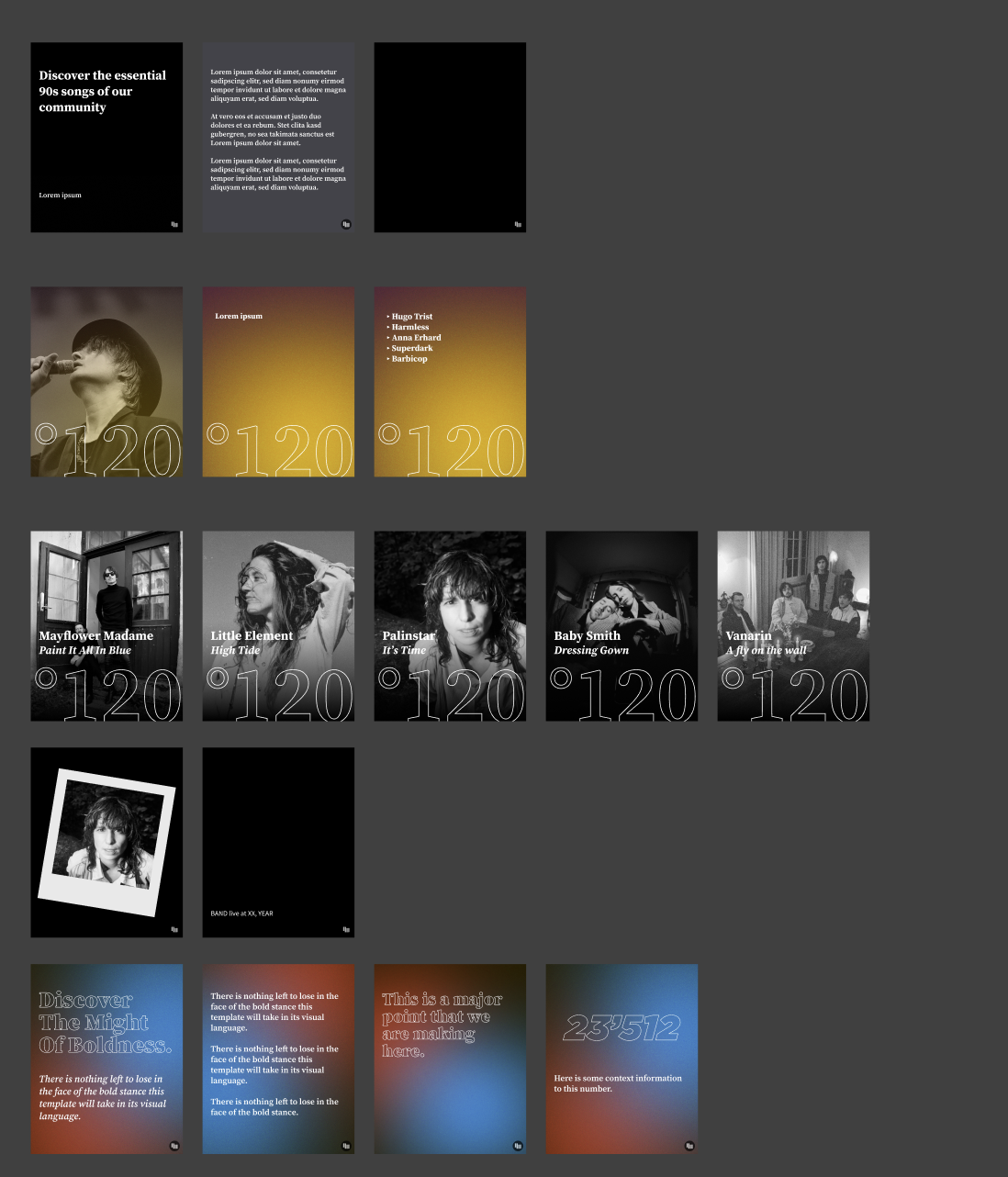The biggest threat to journalism is the decline in trust. I believe that transparency is crucial to stop this downward spiral, which helps anyone understand how the processes are set up and decisions are made.
That’s why transparency, in the form of integrity and independence, is a core value that informs how Negative White acts.
Today, we pull back the curtain on our operation and explore Negative White’s operating system, the individual cogs and bolts that make it functional, and the fuel that keeps the engine running.
The Fuel
You can build or buy the fanciest machine—without fuel, it‘s not doing anything. Negative White requires three types of fuel: ideas, time, and money.
Ideas are cheap and vast. They can come at any time, but their quality varies widely. Most ideas are not very good, but occasionally, they are brilliant.
Time, on the other hand, is the complete opposite of ideas: strictly limited and precious yet essential in moving ideas further along the process. Time is scarce because unpaid volunteers run Negative White. I have a full-time job that pays my bills.

Last but not least, money is required to keep the engine well-oiled and functional. We mainly use tools and software that charge fees, especially when user data is involved. If tools are free, you pay with your data.
The Mechanism
Assuming all the necessary fuels are filled in the tank, we can turn on the machine and observe its mechanism.

It starts with a raw idea, often just a tagline like «Interview with XYZ» or an observation like «struggling festivals».
Then, time is of the essence, required for research, talking to industry experts, writing, and producing until the post is ready to be published.
But the machine is not done yet. After hitting publish, more time is needed for distributing the story on different channels, primarily social media.
Naturally, this mechanism is a rather broad approximation of reality. Each idea requires a different input of time (or even money to rent a photo studio, for example).
And the mechanism is a bit different for formats like Weekly5. I‘ve previously described the process for our hand-picked song selection, and it‘s mostly still valid. The primary source for new music remains promotional emails from labels or artists, followed by research by ploughing through Bandcamp, playlists, and other blogs.

The Engine
Finally, it‘s time to examine the engine and its parts more closely. Money is required to keep the parts running, and I make these recurring costs public here.
Main Components
The central processing unit is Notion, a digital workspace offering a variety of features like creating documents, databases, wikis, and more. I write down ideas, document information, gather research findings, and maintain the publishing schedule. Notion ($120/year) is, in some capacity, involved in every step of the process.

The writing, however, I do in a neat app called iA Writer, and no, it has nothing to do with AI. It‘s a distraction-free markdown editor that can actually be used with a one-time purchase.
Then, I deploy Grammarly ($144/year) for editing and proofreading. I mostly ignore their AI features and focus on the proofreading aspect since I‘m not a native English speaker.
After writing, the draft goes to Ghost ($300/year), our publishing platform. While Negative White depended for a long time on WordPress, Ghost focuses on newsletter sending as much as being a neat content management system provided by a non-profit organisation.
Ghost has two additional components necessary to make the whole operation work: Stripe to power our paid subscriptions and Outpost ($96/year) to manage our welcome email flows.
Supporting Components
Besides the main components, the Negative White engine has supporting parts—not as critical but still providing value.
- Soundiiz: Automatic synchronisation of playlists across streaming services. ($48/year)
- Hey: Email tool ($120/year)
- Figma: Creation of social media visuals, mainly for Instagram. (free plan)
- Plausible: GDPR-compliant analytics hosted in the EU. ($97/year)
- Refind: Discovery of relevant and exciting stories.
- Gumroad: Infrastructure for our developing shop. (free)
- Discord: Server for our developing community space. (Join here)
And not to forget: a reliable pen and a notebook for taking notes at concerts.

How does Negative White make money?
Now, it’s worth revisiting the fuels for a second. While story ideas are a question of creativity and time a question of keeping a tight personal schedule, money is the tricky fuel to get.
Negative White primarily earns money via paid subscriptions. The current so-called monthly recurring revenue is $87 or $1044 per year, meaning the subscriptions cover our yearly software fees of $925.
However, there are more operational costs, namely domains and a server. These costs amount to an additional $300 per year. So, a quick calculation reveals that Negative White is just shy of break-even.
If you want to be Negative White’s deciding contributor and help it break even, get your paid subscription here or just donate whatever you can. If you are already a paid subscriber, thank you from the bottom of my heart!

However, relying solely on subscriptions can also be risky. That’s why we are currently looking into diversification: offering products and services in our shop or working with affiliate links.
A Hypothesis to end
I hope this behind-the-scenes report provided some transparency and insight into the Negative White operation system.
I‘d like to round off this post with a little hypothesis because you may wonder now what happens if we actually generate more money than we need.
Negative White will be self-sustaining with around 30 paid subscriptions. I‘m hopeful we can reach this goal in 2024.
Every additional revenue is used to build reserves that may be needed at some point. However, there‘s a threshold where money becomes time, where I could pay contributors or reduce my workload and dedicate a full day‘s focus only to the platform. And this threshold is at 360 paid subscriptions—that‘s still quite a stretch.






